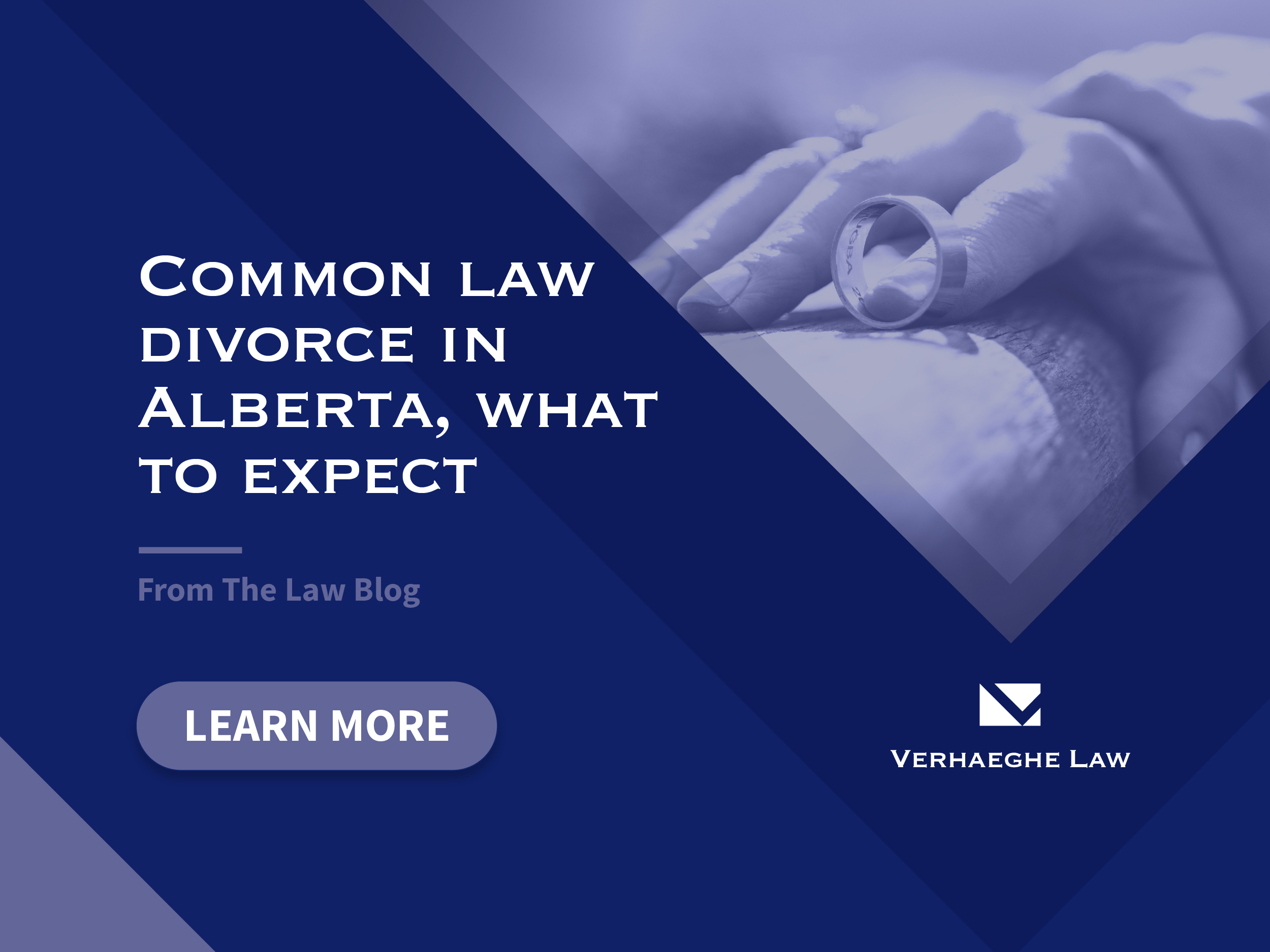Understanding Your Commercial Lease Agreement

A commercial lease agreement outlines the terms set between a commercial tenant and a landlord when renting a space. A commercial lease agreement includes important details such as rent and duration. A business owner may own the property on which they operate their business; however, they can also rent the property from a landlord. A commercial lease agreement is similar to a residential lease agreement; however, there are key differences. Instead of residents occupying the space, the rental property is used to conduct business. Additionally, residential leases typically operate with monthly payments or annual payments, whereas commercial leases usually operate with an annual payment dependent upon the size of the property. For assistance with a commercial lease, contact one of our Edmonton commercial real estate lawyers.
Types of Commercial Lease Agreements
Gross Rent Lease
For a commercial gross rent lease, the landlord includes the rent and other fees that may be associated with the property, such as, but not limited to, utilities or taxes in the rent cost.
Modified Gross Lease
For a commercial modified gross lease, the landlord includes the rent in the rental cost but does not include all of the other fees associated with the property, such as, but not limited to, utilities or taxes. These fees are split up between both the tenant and landlord in a modified gross lease.
Net Leases
A net lease is a lease agreement between a landlord and tenant in which the tenant pays rent to the landlord and is also responsible for some or all of the other costs associated with the rental property.
Single Net Lease
A commercial single net lease agreement indicates that the tenant pays rent plus one of the other costs associated with the rental property independent of the landlord, which could include property tax, insurance, utilities, or other costs.
Double Net Lease
A commercial double net lease agreement is similar to a single net lease, but instead of the tenant paying for one of the other costs associated with the rental property independent of the landlord, the tenant pays for two which could include property tax, insurance, utilities, and/or other costs.
Triple Net Lease
A commercial triple net lease agreement is similar to a single and double net lease but instead of the tenant paying for one of the other costs associated with the property independent of the landlord, the tenant pays for all of the other expenses, including property tax, insurance, utilities, and other costs.
Commercial Tenancies Protection Act
During the COVID-19 pandemic, Alberta implemented the Commercial Tenancies Protection Act due to the impact the pandemic had on business owners. Regarding lease agreements, this regulation protected business owners against having their commercial lease agreement cancelled or having rent increases/fees for a failure to pay rent due to COVID-19. This protection ended on August 31, 2020.
Important to note, commercial lease agreements differ; therefore, the types of agreements discussed in this blog are just examples of what a lease agreement could look like. A commercial real estate lawyer could help you to better understand a lease agreement.
Contact Verhaeghe Law Real Estate Lawyers for Advice on Commercial Lease Agreements.
Verhaeghe lawyers have been proudly serving Edmonton’s communities for decades with commercial leasing agreements. Contact our commercial real estate lawyers for more information.
*Disclaimer: Please note the content prescribed in this article is only intended to act as a general overview on a legal topic. For specific legal guidance regarding commercial lease agreements, we recommend you consult with a commercial real estate lawyer for legal advice as each situation is unique.









